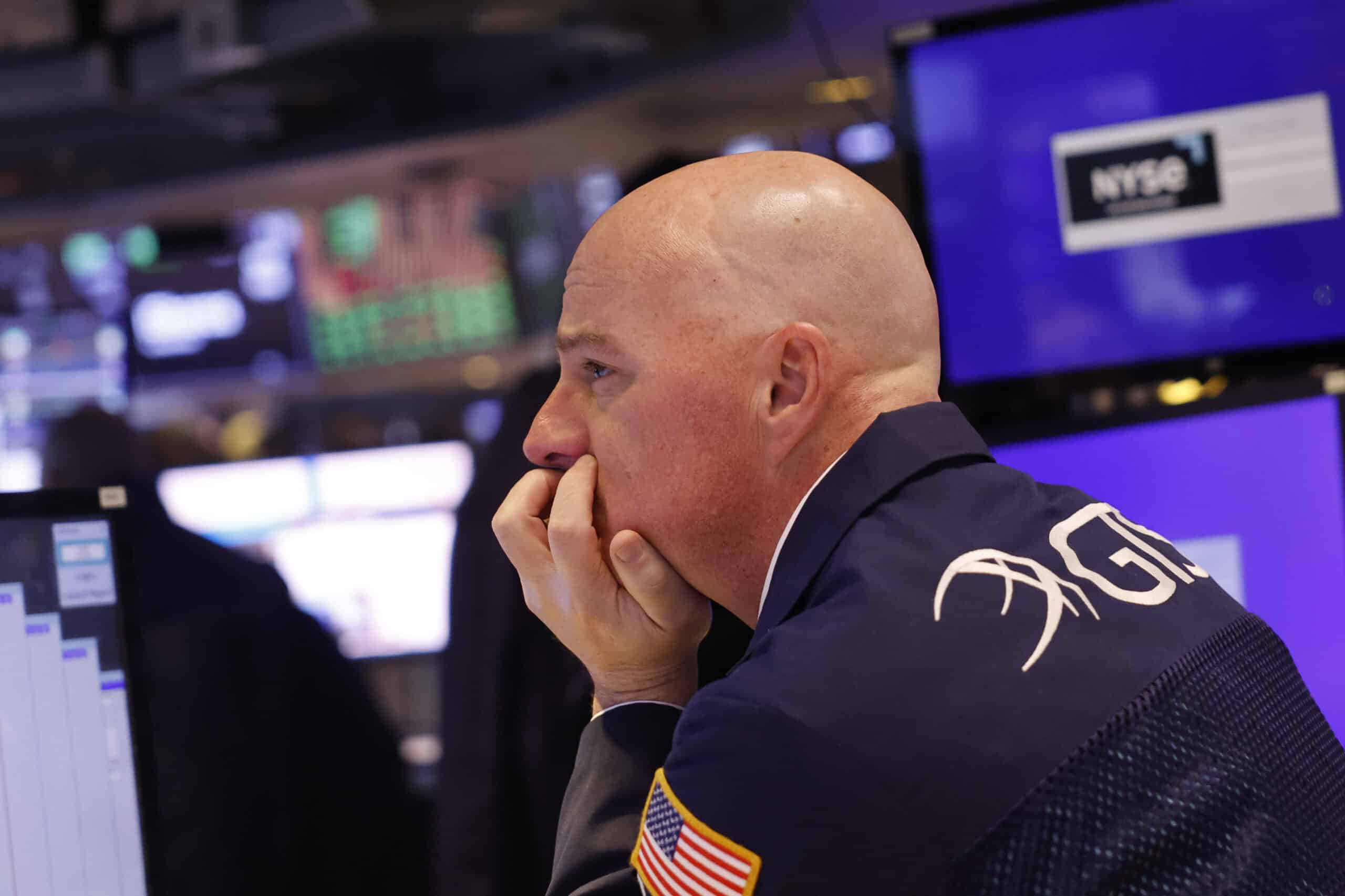
24/7 Wall Street Insights
- After a massive price plunge on Monday, August 5th, the markets have measurably been recovering.
- Some veteran analysts are convinced that the recovery is “a sucker’s rally”, which, in Wall Street jargon, is referred to as a “Dead Cat Bounce”.
- The Street is hoping and anticipating that the Federal Reserve will enact a 50 basis point rate cut.
- Dividend Stocks and Precious Metal investments may prove to be safe havens during the future climate of higher volatility and inflation.
- For investors seeking dividends, click here for a free report on two high dividend stocks.
Earlier this week on Monday, August 5th, the markets fell precipitously into technical bear market territory. A 4,500 point drop in the Nikkei predicated a massive drop across all other equity indices. The VIX, which is the Volatility Index, or “Fear Gauge”, registered an astronomical 62, 12 points higher than during the pandemic. Oil and gold also closed down, leaving bonds the only asset class with gains. The next three days showed some recovery, but as of the time of this writing, the end of the week looks like the market is choppy, and possibly preparing to fall further.
The Dead Cat Bounce

While some economists and investors have been dismissing Monday’s market free fall as a “correction”, a number of veteran independent economic analysts have called the recovery a “Dead Cat Bounce”. For those unfamiliar with the somewhat morbidly graphic Wall Street term, it is a description synonymous with “a sucker’s rally”. This is a scenario in which a temporary recovery climbs back anywhere from 20-50% of a major drop before the next wave of heavy selling plummets the price even further,
Technical analysts, who calculate volume and intraday trading ranges into their equations, also use the latest quantitative analysis tools to better predict market direction.
Reason For Recovery Buying – The Double Rate Cut

Peter Schiff, Chief Economist for Euro Pacific Asset Management, attributes the optimism to the “near 100% belief” that Federal Reserve Chair Jerome Powell will initiate a double rate cut. This would be 25 basis points from earlier expectations, along with an additional 25 basis points to steady the markets, for a net 50 basis point rate cut, this coming September. This would reduce the Fed Funds rate from 5.25%-5.50% to 4.75%-5.0%.
However, while Schiff acknowledges that the lower rate would shift more investment funds from bonds to boost stocks, he cautions that any subsequent inflation information would induce the opposite effect. Schiff advises investors to “Sell the Rip!” This term refers to selling assets into a pricing surge increase, especially extra volatile ones like tech stocks and cryptocurrencies.
Underlying Signs Of A Future Shoe Drop

Former Prudential Securities analyst Chris Johnson is convinced that the market is in the midst of a Dead Cat Bounce. He believes that underlying lack of confidence is why the Magnificent Seven stocks and the rest of the market may fall another 5-10% in the near future. He cited the following negative indicators:
- Disappointing jobs report.
- Increases in large job layoffs from large companies like Microsoft, Tesla, Intel and Dell Computers, among others.
- A bad ISM Manufacturing report
Technical indicators for a bear market include:
- More than 140 of the S&P 500 companies have shifted below their critical 50-day moving average this past week.
- This week, only 19 of the S&P 500 stocks were trading in a long-term bull market trend.
- As of Tuesday, 25% of the Nasdaq 100 stocks were trading in a bear market.
Johnson believes that the Invesco QQQ Trust (NASDAQ: QQQ), which tracks the NASDAQ 100, is a key index to follow. If it cannot successfully stay over resistance level of 450, it can conceivably drop to 430 support, and if it drops further, another market rout is a strong possibility.
An overly aggressive move by the Federal Reserve will potentially sink stocks by as much as 30%, according to Johnson. Recalling former Fed Chair Ben Bernanke’s 50 basis point rate cut, savvy investors saw that it was the equivalent of a band-aid on a bullet wound, and that the economy was actually in much worse shape than purported by the media. A bear market followed a few months afterwards.
Safe Havens to Consider – Metals and Dividend Stocks

While a majority of analysts have revised their outlook with expectations of increased volatility and choppy markets until the November elections, there are still some potential safe havens.
Schiff is bullish on precious metals and mining stocks as a hedge against inflation and further erosion of the dollar. In addition, he recommends dividend stocks, an area in which 24/7 Wall Street specializes, and has published voluminous articles, highlighting a wide range of dividend stocks or all types.
Investors should understandably be cautious and treat all official economic news with some modicum of skepticism. While a large number of them hope for a drastic interest rate cut, that may just be smoke and mirrors to hide fundamentally deeper problems, like the $35 trillion in national debt, pending war with direct US involvement in the Middle East, and other financial and geopolitical issues that can adversely affect stocks.
It’s Your Money, Your Future—Own It (sponsor)
Are you ahead, or behind on retirement? For families with more than $500,000 saved for retirement, finding a financial advisor who puts your interest first can be the difference, and today it’s easier than ever. SmartAsset’s free tool matches you with up to three fiduciary financial advisors who serve your area in minutes. Each advisor has been carefully vetted and must act in your best interests. Start your search now.
If you’ve saved and built a substantial nest egg for you and your family, don’t delay; get started right here and help your retirement dreams become a retirement reality.
Thank you for reading! Have some feedback for us?
Contact the 24/7 Wall St. editorial team.





